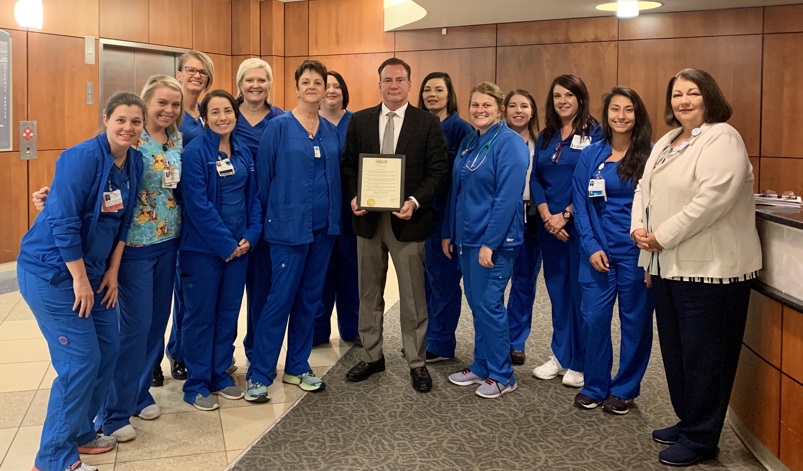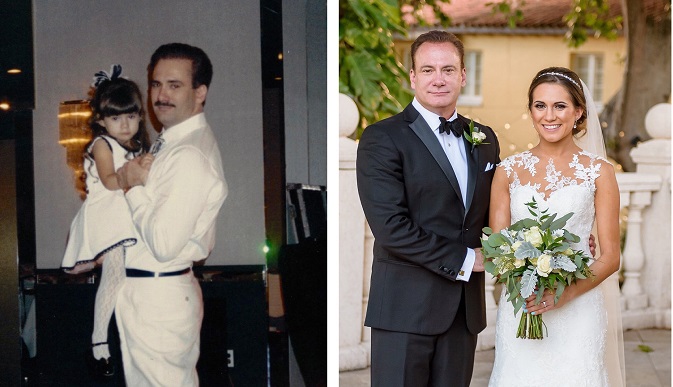
It’s Worth the Time and Energy
Co-authored by Jim Wiederhold and Steve Weiner
Committing the time and energy to developing an effective ongoing network is an important skill set crucial to successful healthcare leaders. It’s easy to get caught up in the daily routine, especially with a demanding job. But, the notion of waiting until one is in a career transition to begin building relationships with other professionals is very short-sighted.
Healthcare currently makes up about 18% of the nation’s GDP and is expected to grow exponentially. The many major changes, complexities, and innovations affecting the healthcare system have resulted in a rapidly changing job market requiring different and enhanced skill sets. The industry is quickly expanding and payment/care delivery models are moving away from the traditional acute care hospitals to more convenient, affordable outpatient settings. Innovation and technology continue to have a huge impact on medical care and its delivery.
Recent developments have included Apple and Amazon’s creation of wellness and primary care clinics for employees. Grocery stores have also entered the convenient care market. Amazon has acquired an online pharmacy company to deliver prescription drugs via Amazon Prime. These companies, along with Walgreens and CVS, have invested millions of dollars into the digital health space. Additionally, venture capital firms are responsible for funding over $68 billion into healthcare in the past year!
These new ventures and infusion of capital are constantly generating new jobs and revised job descriptions that reflect the need to address large transformations taking place in the industry. With all this movement, it’s essential to commit yourself to lifelong networking and learning. It is not enough to network at one’s workplace or only with colleagues in similar professions. Although that’s important, it is necessary to reach outside of the comfort zone and develop relationships with professionals in other related industries.
We often hear from our executive level candidates going through the transition process that they did not know as many people as they thought they did. Or, their network consisted of only like-professionals who were experiencing the same types of challenges. These executives now recognize the importance of doing a better job of networking to build meaningful, diverse relationships with others who bring new perspectives, new opportunities, and potentially contribute to successful career growth and development.
Through our experiences, we have found that networking sometimes happens at the most unexpected times. Recently, one of Steve's former traditional hospital CFO candidates -- who was between leadership positions at the time -- experienced this first hand. This individual was sitting in an airport and started chatting with the woman next to him. The conversation turned to work and he discovered the woman was a senior partner with a leading private equity firm. The firm was in need of a top-flight CFO for one of their startup healthcare clients in the ambulatory and urgent care space. After several rounds of interviewing, Steve’s former candidate landed this job!
Networking is something you should always be doing. You can network anywhere.
Connect with us on LinkedIn, join our Active Network Program and look at the other areas of connection we offer.


















